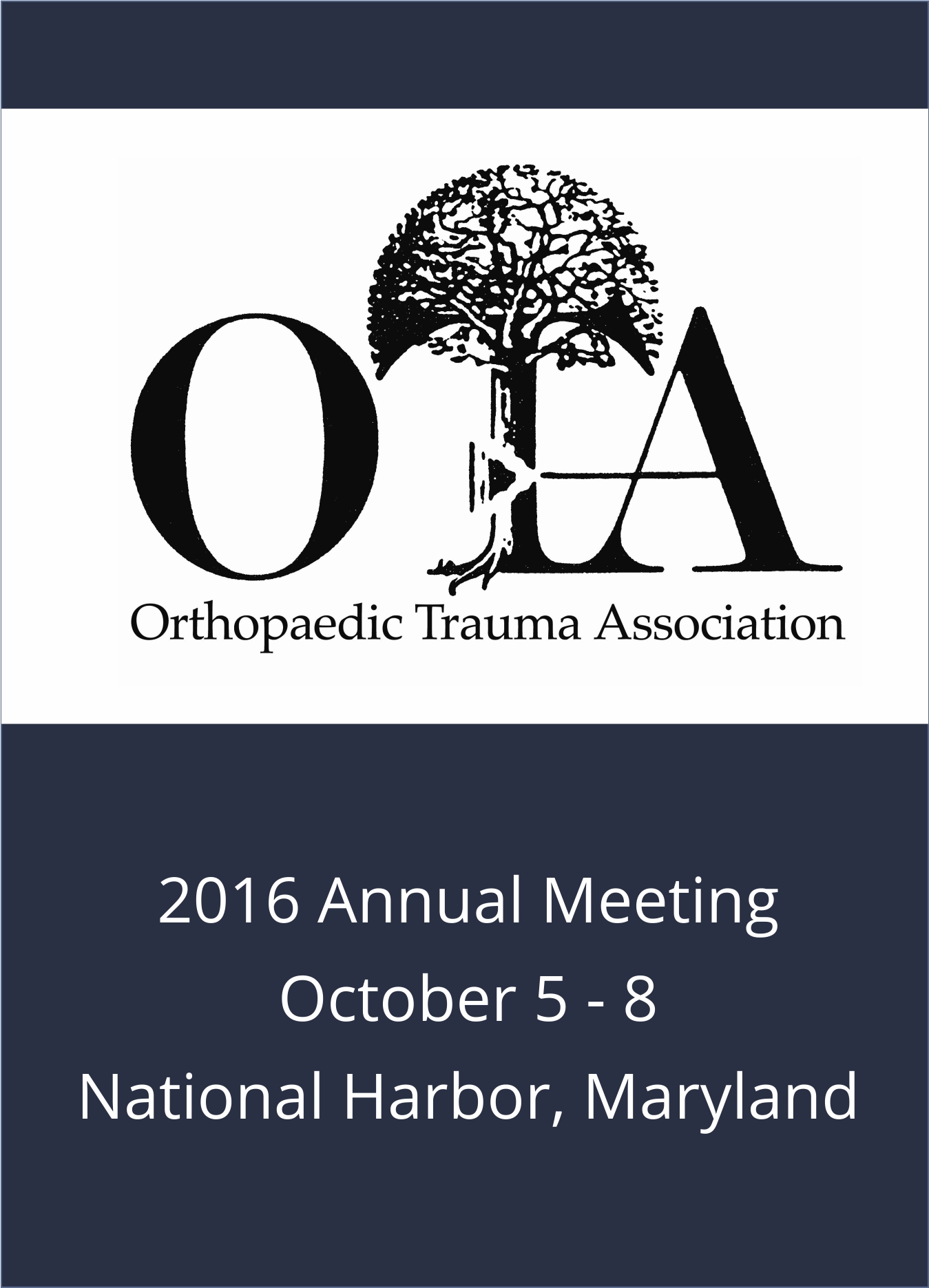
OTA 2016: Comparison of anti-biotic-loaded collagen granules and EUSOL for infected wounds

OTA 2016: Comparison of anti-biotic-loaded collagen granules and EUSOL for infected wounds
EUSOL versus anti-biotic-loaded collagen granules (Co-Mupimet) as a agent in the management of traumatic wounds
Did you know you're eligible to earn 0.5 CME credits for reading this report? Click Here
CONFERENCE ACE REPORTS
This ACE Report is a summary of a conference presentation or abstract. The information provided has limited the ability to provide an accurate assessment of the risk of bias or the overall quality. Please interpret the results with caution as trials may be in progress and select results may have been presented.
Synopsis
130 patients with an infected traumatic or surgical wound were randomized following debridement to management with either mupirocin in collagen granules and metronidazole (Co-Mupimet) or Edinburgh University Solution of Lime (EUSOL). Groups were compared for wound healing outcomes over 4-week follow-up. A significant difference in the rate of grading granulation tissue as "healthy" was reported fo...
To view the full content, login to your account,
or start your 30-day FREE Trial today.
FREE TRIAL
LOGIN
Forgot Password?
Explore some of our unlocked ACE Reports below!

Learn about our AI Driven
High Impact Search Feature
Our AI driven High Impact metric calculates the impact an article will have by considering both the publishing journal and the content of the article itself. Built using the latest advances in natural language processing, OE High Impact predicts an article’s future number of citations better than impact factor alone.
Continue



 LOGIN
LOGIN

Join the Conversation
Please Login or Join to leave comments.